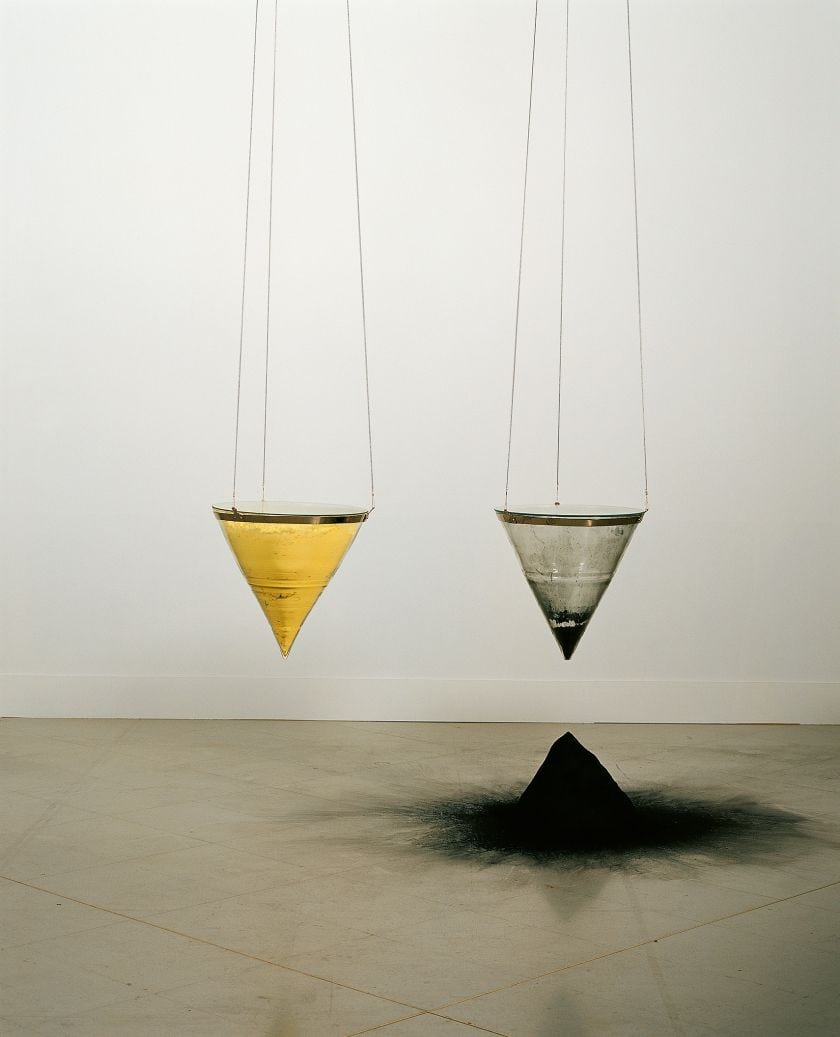Opfer: Das kann eine fromme Gabe für die Götter und rituelle Handlung sein — oder aber auch all jene benennen, die Leid, Qual und gar Tod erdulden, ob aus freien Stücken oder erzwungen. Die Kulturleistung der Überwindung des uralten kultischen Menschenopfers, wie sie in der Genesis anhand von Abraham und Isaak abgehandelt wird, wirft im Buch der Richter einen dunklen Schatten: Dort erfüllt Jephta ein Gelübde und opfert seine Tochter, sein einziges Kind. Das Neue Testament greift das Motiv auf, um es zu überwinden: Die Passion Jesu ist nach christlichem Verständnis das ultimative Opfer — des allmächtigen Vaters wie auch des Mensch gewordenen Sohnes, der seine Heilsmission akzeptiert und vollbringt.
„Über Babi Jar, da steht keinerlei Denkmal“ — so beginnt Jewgeni Jewtuschenkos Gedicht Babi Jar. In der gleichnamigen Schlucht bei Kiew wurden 1941 mehr als 33 000 jüdische Männer, Frauen und Kinder Mordopfer bei einem der schrecklichsten Massaker an Juden überhaupt. Dmitri Schostakowitschs Symphonie Nr. 13 Babi Jar, in der Jewtuschenkos Worte vertont sind, steht am Beginn einer Ouverture spirituelle, die Schmerz und Größe des Opfers ein Denkmal der musikalischen Resonanzen setzt. Bei Schostakowitsch und Luigi Nono wird das Unsägliche der Shoah* Klang; Tigran Mansurians Requiem ist den Toten des Völkermords an den Armeniern gewidmet. Arthur Honegger geleitet Johanna auf den Scheiterhaufen, und Gija Kantscheli lauscht dem Schmerz der Entwurzelung nach. Josef Myslivečeks Abramo ed Isacco, Giacomo Carissimis Historia di Jephte und Orlando di Lassos Hiobs-Klagen handeln die ältere biblische Geschichte ab, Werke von Händel, Scarlatti, Haydn, Mozart und Rihm rücken Facetten von Leiden und Tod Christi ins Zentrum.
Walter Weidringer
* Der Begriff „Holocaust“, dessen griechischer Wortstamm mit „Brandopfer“ zu tun hat, wird zunehmend durch „Shoah“ ersetzt, die „Heimsuchung“. Das befreit das Verbrechen gegen die Menschheit von einem quasireligiösen Kontext.
mehr dazu
weniger anzeigen

